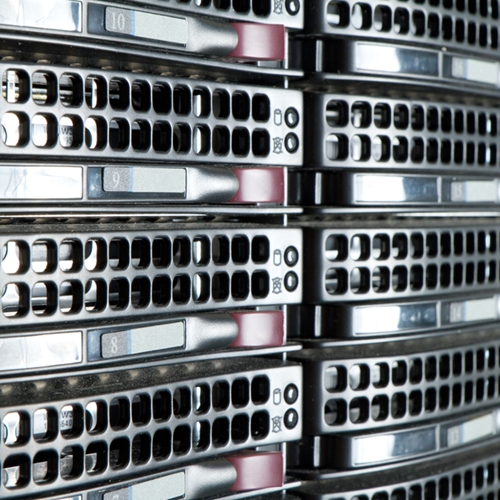At the beginning of the year, Wikimedia announced its move into the company’s newest data center facility in Ashburn, Virginia. The transition provided additional technical support for all Wikimedia offerings, including Wikipedia. While the new Virginia data center enhanced the performance of the business’s Web pages, administrators found they were in need of more data center space.
The Wikimedia Foundation is currently on the hunt for additional data center space. Currently, the company is seeking a data center layout which will support at least 32 enclosures, with each enclosure including a usable power density of 8.6 kilowatts.
Redundancy is a main criteria in Wikipedia’s search, as it prefers a facility with redundant cooling and power systems. The company also hopes to find a data center that can achieve a power usage effectiveness rating of 1.03.
Calculating Data Center Space
Wikipedia is by no means the only organization seeking additional data center space currently. Decision makers can evaluate the effective use of data center space by examining existing IT systems, according to David Cappuccio, Gartner infrastructure teams managing vice president and chief of research. One approach is to use the data center space efficiency metric (DCSE), which accounts for both the vertical and horizontal space utilization (HSU).
Cappuccio wrote in a blog post that data center operators considering new space should look at the vertical space utilization (VSU), calculated by dividing the installed IT equipment by the total rack space available. This number is then multiplied by the optimum target, or the maximum utilization level allowed for racks in the facility.
“Ideally this number would be close to 100 percent, but in many older data centers it is not possible due to cooling or power constraints at the rack level,” Cappuccio wrote. “By applying optimum targets to this formula we can chart a metric that is relevant to any data center design.”
In order to calculate the HSU of a facility, divide the total number of installed racks by the maximum quantity of racks able to be supported by the data center. In Cappuccio’s example, a facility currently uses 45 racks, with the maximum ability at 53. Therefore, within this data center, the HSU is 85 percent. Furthermore, if the number of actual installed equipment is at 1,333 and the optimal installed equipment total is 1,523, the VSU of the facility would be 88 percent. These figures show that while the establishment is nearing capacity, it still has opportunities for expansion if the data center layout is configured adequately, Cappuccio stated.
“What DCSE points out rather quickly is the potential growth available within its existing configuration,” Cappuccio wrote. “With a combination of higher virtualization levels and increased rack densities it’s likely this rack environment will support existing growth rates for quite some time.”





1 thought on “Analyzing Data Center Design; Space Efficiency”